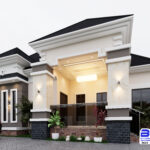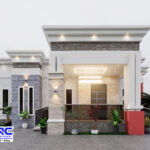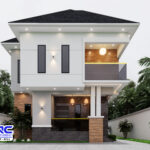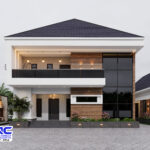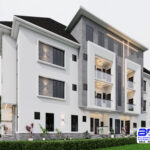In construction, DPC stands for Damp Proof Course.
It is a crucial component in building construction, designed to prevent moisture from rising through walls and floors, which can lead to structural damage and unhealthy living conditions.
DPC is typically installed at the base of walls and other structural elements to create a barrier against dampness from the ground.
Table of Contents
Toggle
Meaning of DPC in Construction
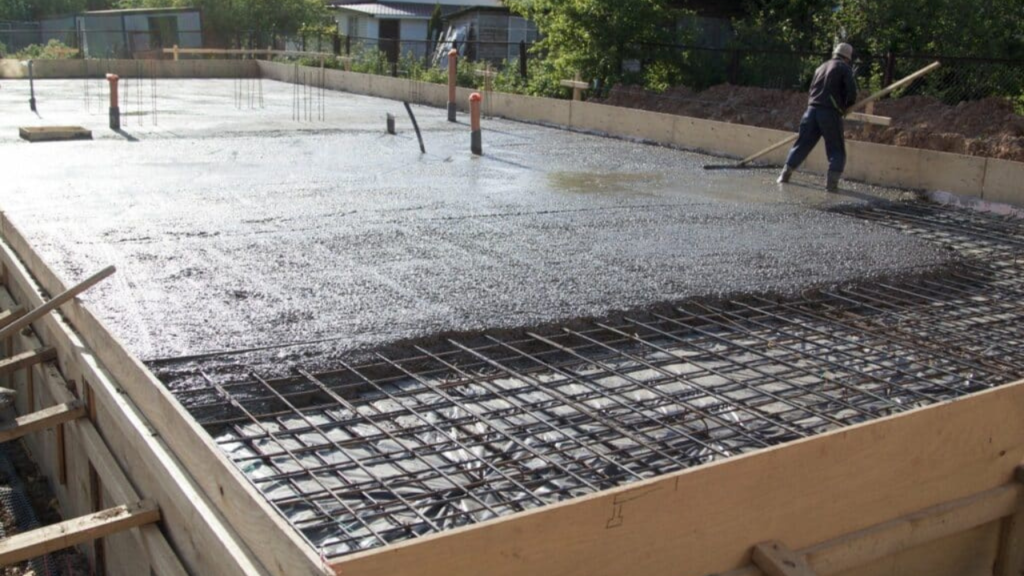
Dampness is a common issue in buildings, especially in areas with high groundwater levels or poor drainage.
When moisture from the ground rises through porous building materials like bricks, concrete, and mortar, it can cause several problems, including:
- Weakening of structural integrity
- Growth of mold and mildew
- Decay of timber and other organic materials
- Damage to internal finishes like paint and plaster
DPC acts as a protective layer, preventing capillary action (the process through which water rises through small pores in materials).
It is installed horizontally in the walls, usually just above ground level, to block moisture from penetrating upward into the building structure.
See also – cement vs concrete meaning and difference
Types of DPC Materials
Different materials are used for DPC, depending on the type of construction and environmental conditions. The most common DPC materials include:
- Bituminous Felt – A flexible, waterproof sheet made from asphalt or bitumen.
- Polythene Sheet – High-density polyethylene (HDPE) sheets are often used for their water-resistant properties.
- Metal Sheets – Materials like lead, copper, or aluminum are sometimes used for durability and resistance to corrosion.
- Slate – Natural slate is effective due to its non-porous nature.
- Cementitious Materials – Special waterproof cement or mortar is used to create a damp-proof layer.
Methods of Installing DPC
Horizontal DPC
Placed horizontally in the walls at the plinth level (about 150 mm above ground level) to prevent rising damp.
Vertical DPC
Installed vertically in foundation walls to stop moisture from penetrating the walls.
See also – How many months does it take to build a house in Nigeria?
Integral DPC
A waterproofing agent is added directly to the concrete mix during construction to make the material resistant to water penetration.
Purpose of DPC
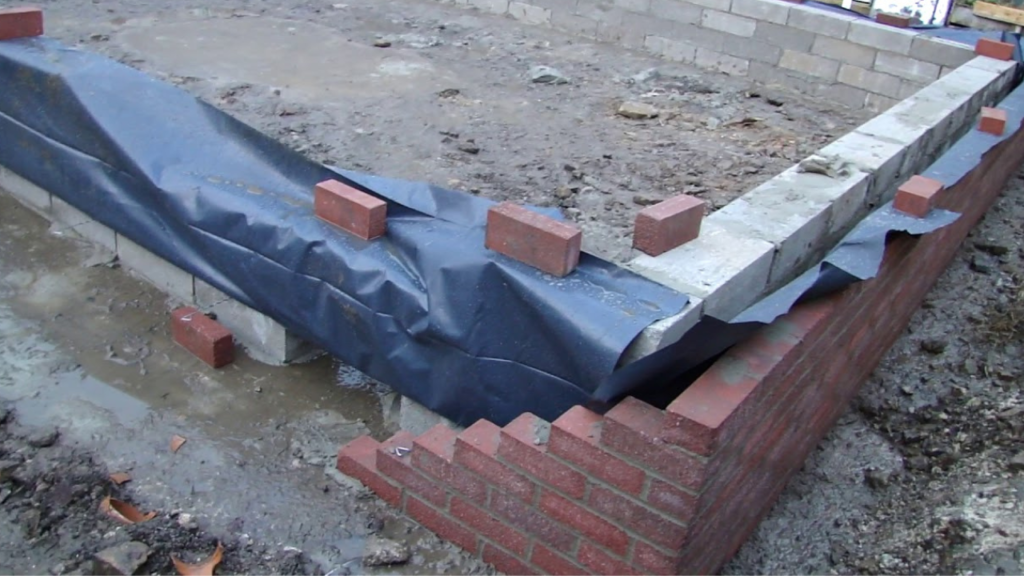
The primary purpose of DPC in construction is to protect the building structure from the damaging effects of moisture.
Its key functions include:
1. Preventing Rising Damp
By creating a barrier at the base of the walls, DPC stops moisture from rising through the building materials, reducing the risk of damp patches and mold formation.
2. Enhancing Structural Durability
Excess moisture can weaken masonry and concrete over time, leading to cracks and deterioration. DPC helps maintain the structural integrity of the building.
3. Protecting Indoor Air Quality
Moisture promotes the growth of mold and mildew, which can lead to respiratory issues and poor indoor air quality. DPC helps to keep the interior environment dry and healthy.
4. Preventing Efflorescence
Efflorescence is the white, powdery deposit left on walls when water evaporates and leaves behind salts. DPC prevents water from penetrating the walls, thereby reducing efflorescence.
5. Preserving Finishes and Aesthetics
Moisture can damage paint, plaster, and wallpaper, leading to peeling and staining. DPC helps to maintain the appearance of interior and exterior finishes.
How to Maintain DPC in Construction
Maintaining the Damp Proof Course (DPC) in construction is essential to ensure that it continues to protect the building from moisture infiltration and structural damage.
Even though DPC is designed to be durable and long-lasting, poor installation, environmental factors, and structural movements can weaken or compromise its effectiveness over time.
Proper maintenance helps extend the lifespan of the DPC and keeps the building protected from rising damp.
1. Ensure Proper Drainage Around the Building
Water accumulation around the foundation can increase hydrostatic pressure, causing moisture to bypass the DPC.
To prevent this, ensure that the ground around the building is sloped away from the structure to direct water runoff.
Install or maintain proper guttering and downspouts to channel rainwater away from the foundation and Keep drainage channels and surface water collection points free of debris to allow proper water flow.
2. Prevent Bridging of the DPC
Bridging occurs when materials or debris connect the wall above and below the DPC, allowing moisture to bypass the barrier.
To avoid this, Keep external and internal ground levels below the level of the DPC by at least 150 mm.
Avoid stacking materials like soil, debris, or paving against external walls and ensure that plastering, rendering, and floor finishes do not cover or rise above the DPC level.
3. Repair Cracks and Damage in Walls and Floors
Cracks in walls and floors can create pathways for moisture to bypass the DPC. To prevent this, regularly inspect walls and floors for cracks and seal them using waterproof sealants or mortar.
Address structural issues such as settlement or movement that may cause cracks and reinforce weak areas with additional waterproofing measures if necessary.
See also – What are the 4 Types of Building Foundations in Nigeria?
4. Maintain the Integrity of External Finishes
External finishes like paint, plaster, and render help protect walls from water penetration. To maintain them:
Repair any peeling or damaged finishes to prevent water ingress.
Use water-repellent coatings on external walls to provide an additional moisture barrier.
Ensure that any repair work to external finishes does not obstruct or damage the DPC.
5. Monitor Internal Signs of Dampness
Early detection of dampness can prevent long-term damage. Watch for:
– Peeling paint or wallpaper
– Damp patches or discoloration on walls
– Mold or mildew growth
– Musty odors
If signs of dampness appear, investigate the source immediately and take corrective action.
6. Address Rising Groundwater Levels
If groundwater levels increase over time, the DPC may struggle to cope. To address this:
– Improve site drainage using French drains or soakaways.
– Install a damp-proof membrane beneath floors if necessary.
– Consider adding a secondary DPC layer or using chemical injection methods to enhance moisture protection.
7. Regular Inspection and Maintenance
Routine inspections help identify potential issues before they become serious.
Inspect the DPC and surrounding areas at least once a year.
Check for signs of damage or deterioration in the DPC material (cracking, lifting).
Ensure that all building modifications (like extensions or renovations) do not compromise the existing DPC.
8. Treat Damp Issues Promptly
If dampness occurs despite a functional DPC, take action immediately.
Remove any compromised or damaged DPC material and replace it with a suitable alternative.
Inject a chemical damp-proof course if rising damp is detected in older buildings without a physical DPC.
Consult a professional for specialized treatments if dampness persists.
Conclusion
Damp Proof Course (DPC) is a vital element in construction that helps protect buildings from the damaging effects of moisture.
By preventing rising damp, DPC enhances the longevity, safety, and comfort of structures.
Proper selection of DPC material and installation technique is essential to ensure long-term protection and stability of any building.
Frequently asked questions
Damp proofing meaning in construction
In construction, damp proofing refers to the process of making a building resistant to moisture.
It’s a preventive measure taken to stop water or dampness from penetrating parts of a structure, such as walls, floors, or foundations.
Damp proofing is crucial for protecting buildings from damage caused by excess moisture, like mold, rot, and structural weakening.
where is DPC located
In construction, DPC (Damp Proof Course) is typically located in the walls of a building, positioned close to the ground level.
It is a horizontal layer of impermeable material installed between courses of bricks or blocks in a wall to prevent moisture from rising up through the structure.
This phenomenon is called “rising damp.”
DPC level in construction
n construction, the Damp Proof Course (DPC) level is typically set at least 150 mm above the external ground level.
This ensures the DPC stays above the potential splash zone where rainwater might accumulate and protects the building from rising damp.
It is aligned horizontally along the walls and is usually placed in the mortar course between bricks or blocks.
DPC thickness in building
The thickness of a Damp Proof Course (DPC) in a building varies depending on the material used, but it is typically around 38 mm to 50 mm for solid materials like bitumen sheets, polyethylene membranes, or concrete.
waterproofing vs dampproofing for foundation
Waterproofing and damp proofing are both methods used to protect a building’s foundation from moisture, but they differ significantly in purpose, materials, and effectiveness:



